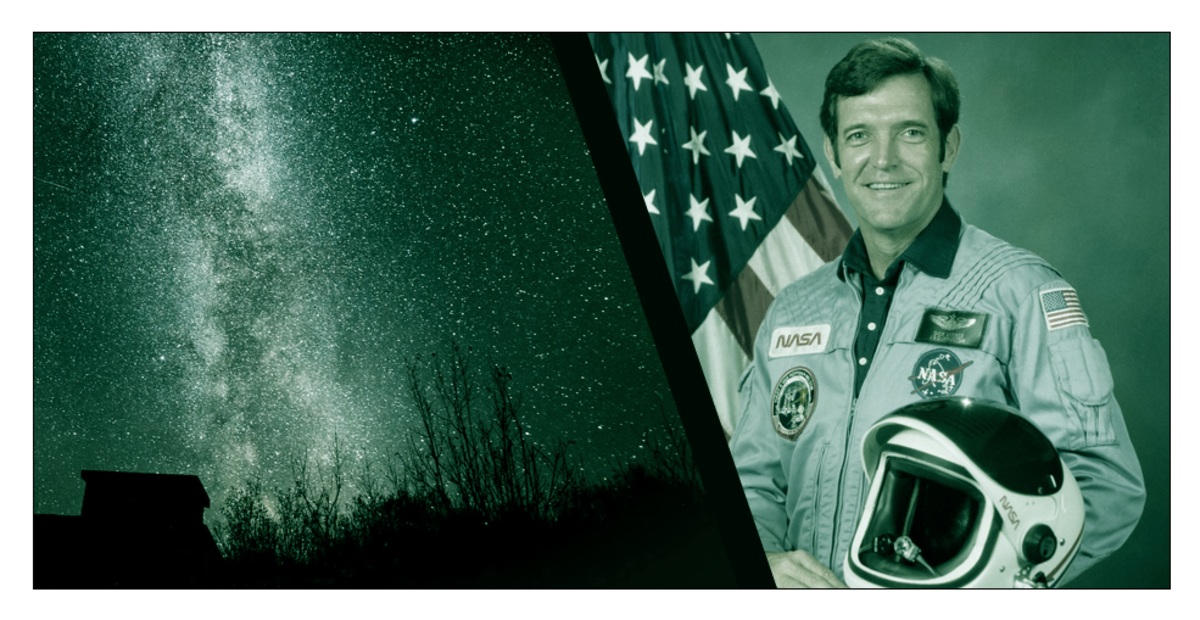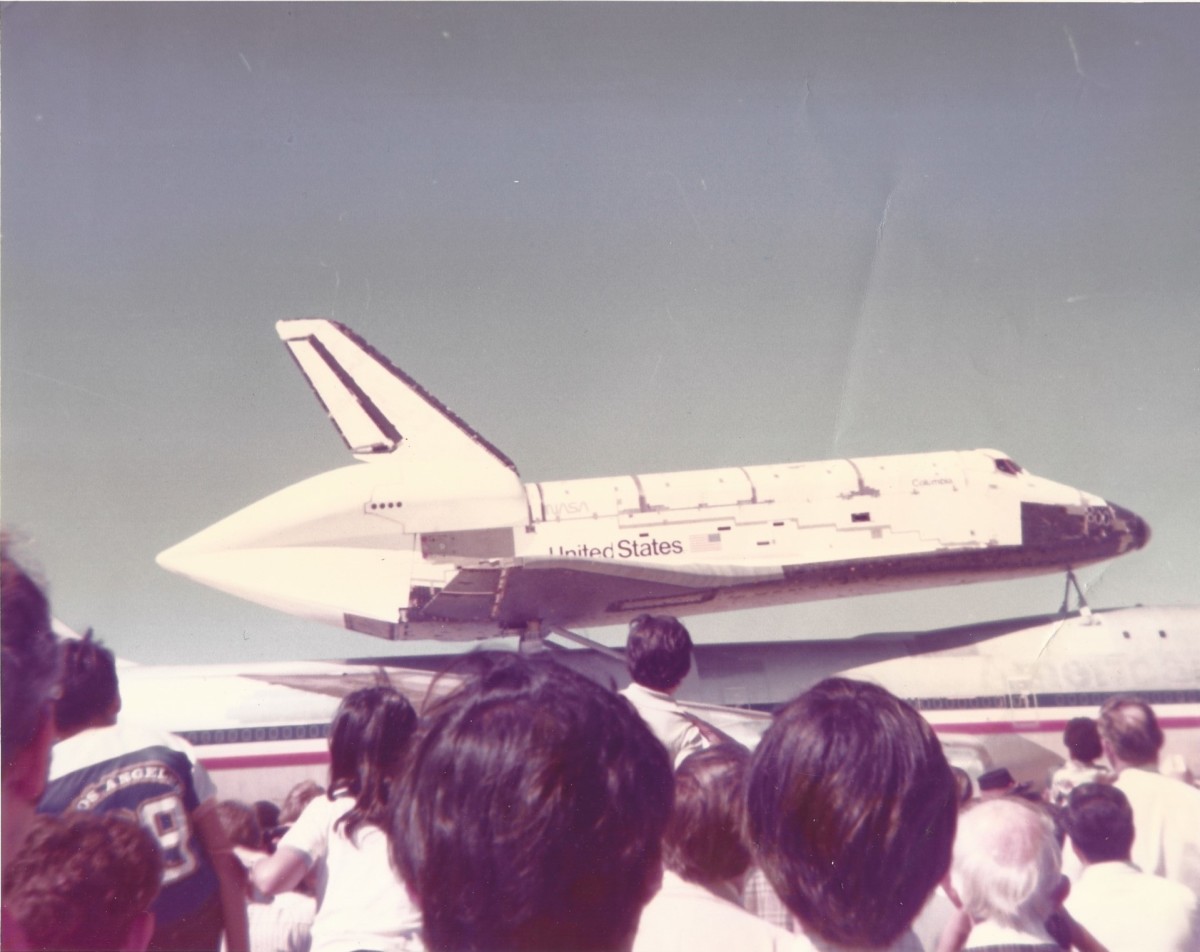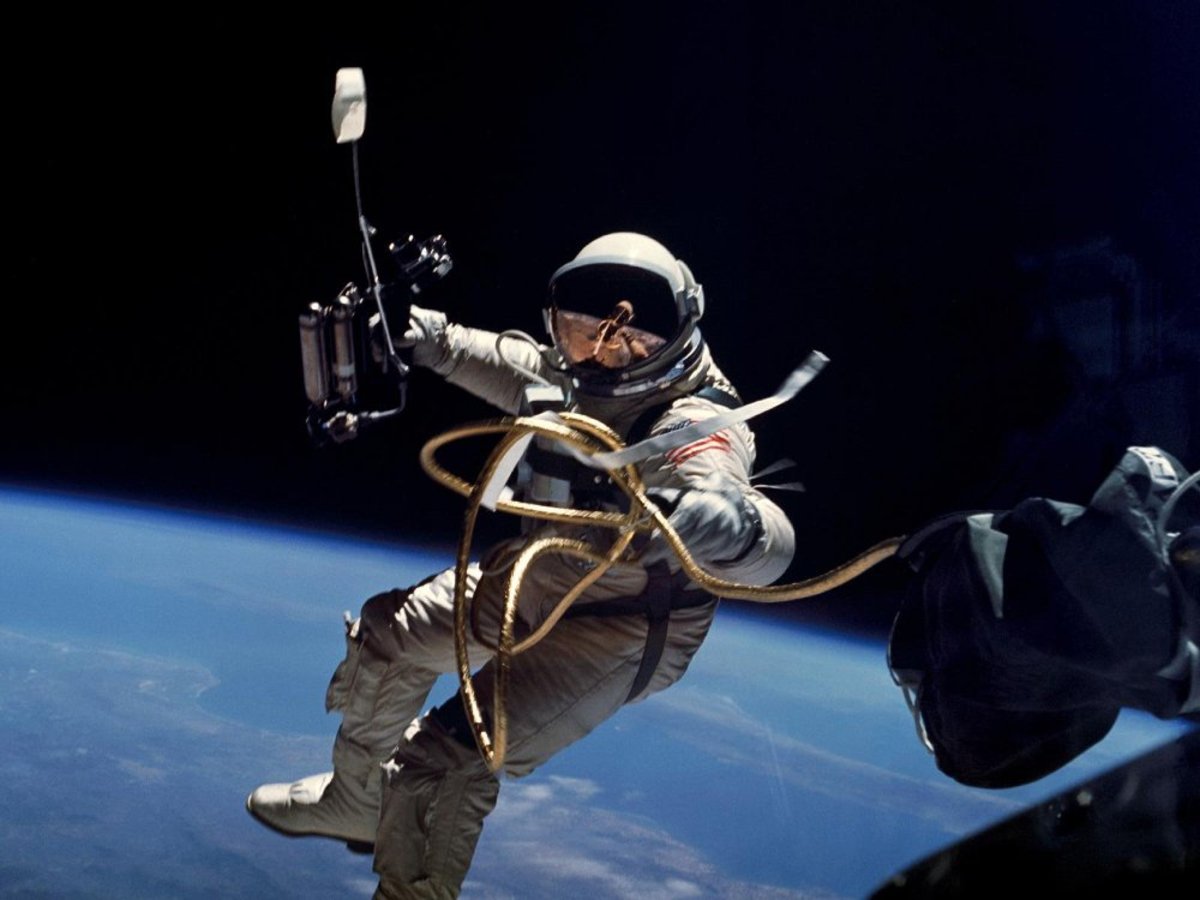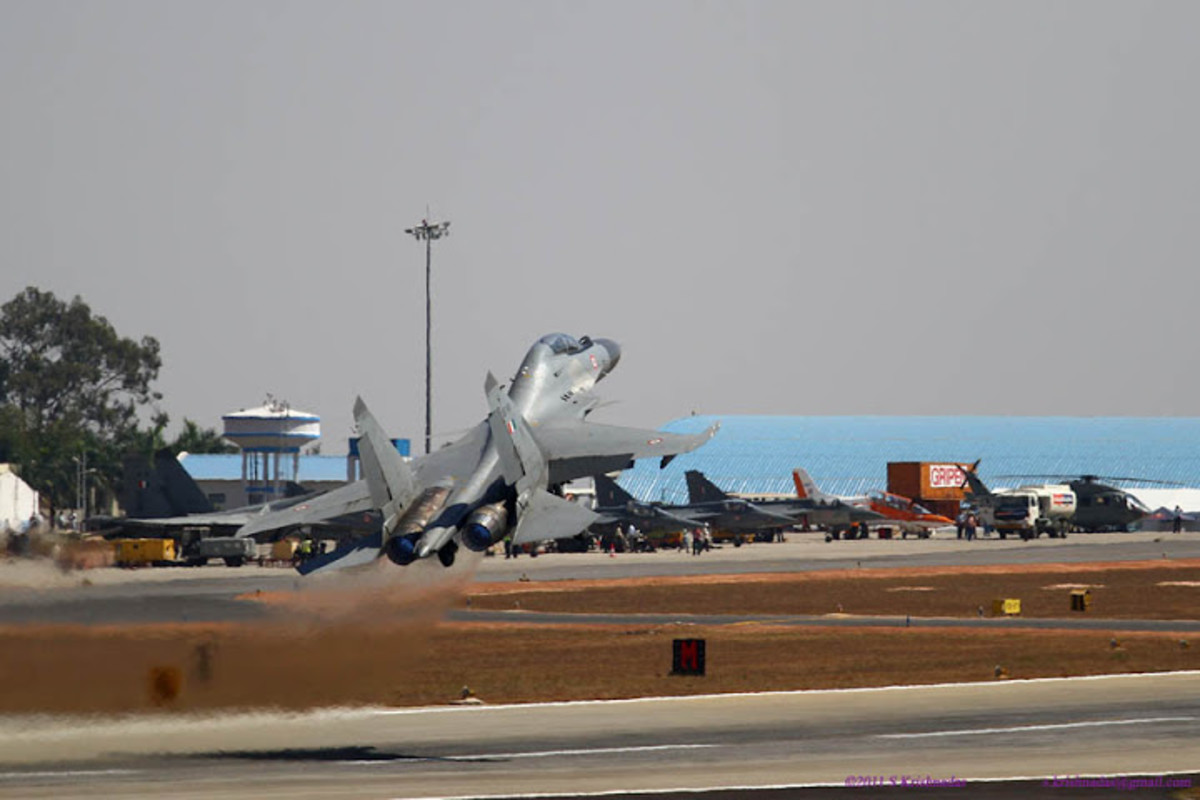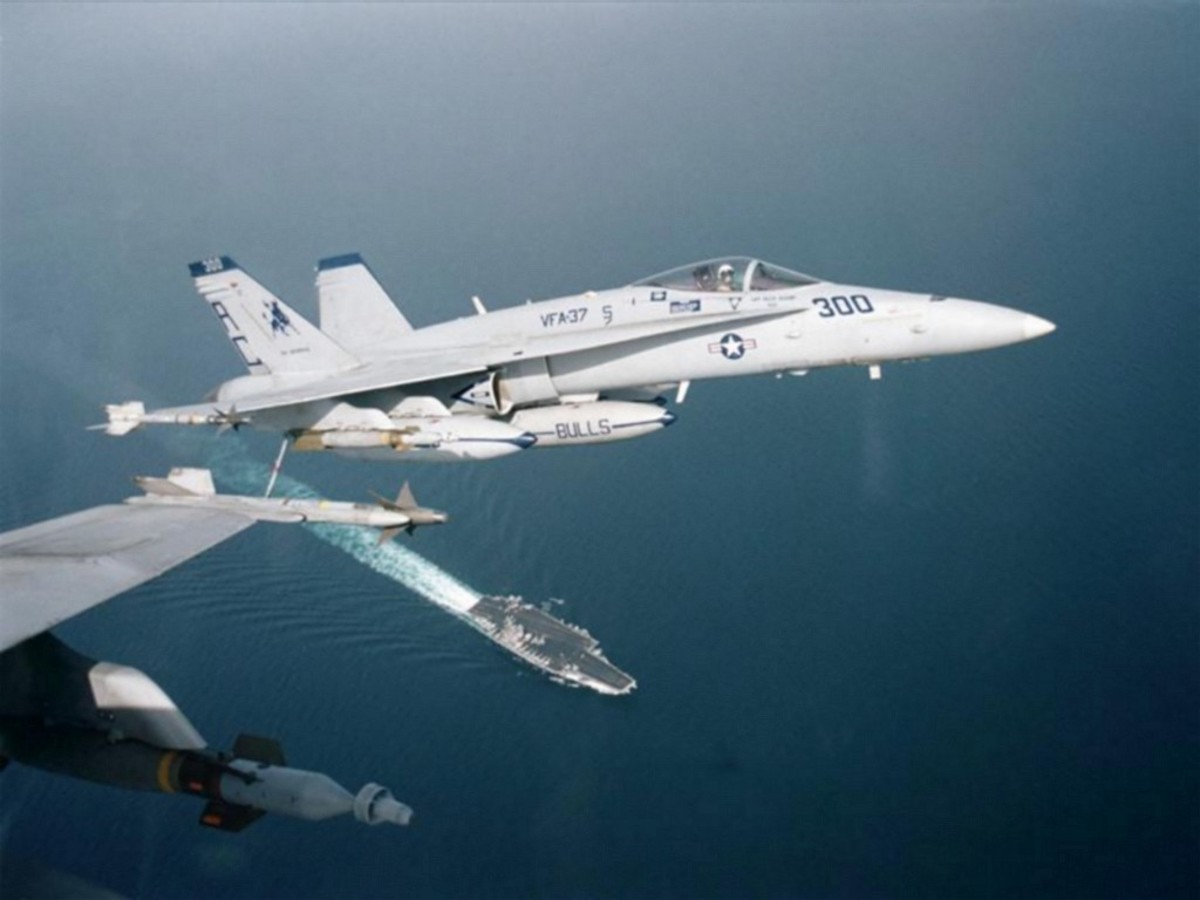NASA Project Mercury - The Mercury 7 Astronauts

This hub is part of a series on America's first manned space program, Project Mercury. Links to all the hubs in this series can be found at the NASA Project Mercury Overview.

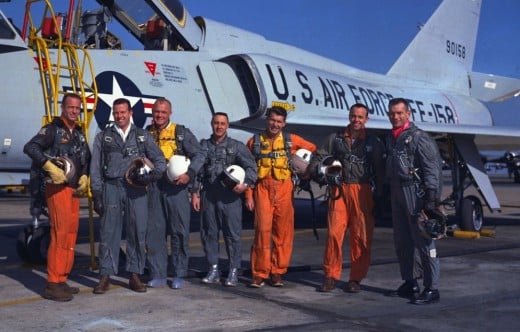
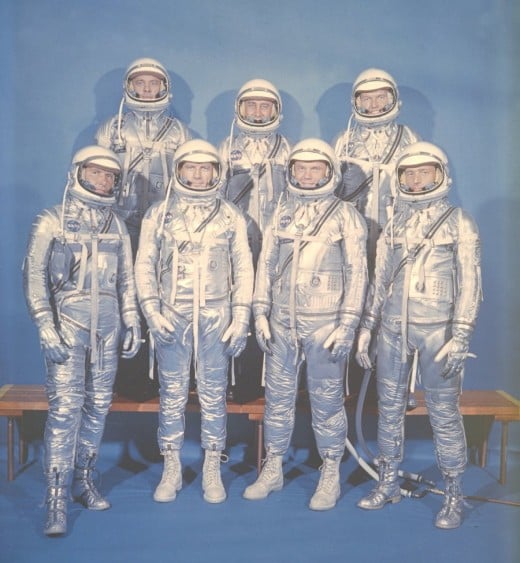
In the 1950s, waging a Cold War with the Soviet Union, American President Eisenhower was certainly well aware of the military and intelligence-gathering potential of space travel. This may help explain why only military test pilots were considered for America's first manned space program, even though it was supposed to be a civilian project.
Because size and weight are such critical factors in space flight, astronaut candidates had to be 5 feet 11 inches tall or less, and weigh no more than 180 pounds. An initial group of applicants underwent an intense series of physical and psychological examinations, and was repeatedly narrowed down until only seven remained.
On April 9, 1959, NASA introduced them to the world. These seven men, who became known as the Mercury Seven, were America's first astronauts. They would take America's first, tentative steps into the unknown of space.
VIDEO: 1959 Press Conference Introducing The Mercury Astronauts (3 Parts):


Learn More About The Mercury Astronauts
The astronauts who made up the Mercury 7 were:
Alan B. Shepard Jr. (1923 - 1998)
Formerly a test pilot for the US Navy, Shepard became the first American in space on May 5, 1961, with the flight of Freedom 7 (the Mercury astronauts named their own space capsules, appending the number 7 to the name in honor of the 7 Mercury astronauts). Shepard later became the only member of the Mercury 7 to walk on the moon, as Commander of Apollo 14.
Virgil I. (Gus) Grissom (1926 - 1967)
On July 21, 1961, former US Air Force pilot Gus Grissom became the second American in space, aboard Liberty Bell 7. Grissom was also Command Pilot for the first manned Gemini flight, and was Commander of the Apollo 1 crew, who all died tragically in 1967 when fire erupted inside the Apollo 1 capsule during a test on the launch pad.
John H. Glenn Jr. (born 1921)
Glenn, a former US Marine Corps pilot, was the first American to orbit the Earth. His Friendship 7 flight took place on February 20, 1962. In 1998, at age 77, Glenn became the oldest person to ever fly in space, aboard Space Shuttle Discovery.
Malcolm Scott Carpenter (born 1925)
Scott Carpenter flew for the US Navy before becoming an astronaut. His May 24, 1962 flight aboard Aurora 7 was his only space flight. He continued to work for NASA in an executive position until 1967.
Walter (Wally) Schirra Jr. (1923 - 2007)
Schirra was formerly a test pilot for the US Navy. On October 3, 1962, he flew a nearly perfect mission aboard Sigma 7. He later flew on Gemini 6A and Apollo 7, the only astronaut to have flown on Mercury, Gemini and Apollo missions.
Leroy Gordon Cooper Jr. (1927 - 2004)
A former US Air Force pilot, Gordon Cooper flew the longest mission of Project Mercury. His Faith 7 spacecraft, launched on May 15 1963, was in space for more than 34 hours, orbiting the Earth 22 times. This was the first American space mission to last more than a day. Cooper later spent 8 days in space as Command Pilot of Gemini 5.
Donald (Deke) Slayton (1924 - 1993)
Despite the rigorous physical examinations of all the astronauts, Deke Slayton, a former US Air Force pilot, was later found to have an irregular heartbeat and was not permitted to fly as part of Project Mercury. Slayton was later restored to flight status and flew into space as Docking Module Pilot of the Apollo-Soyuz Test Project mission in 1975.

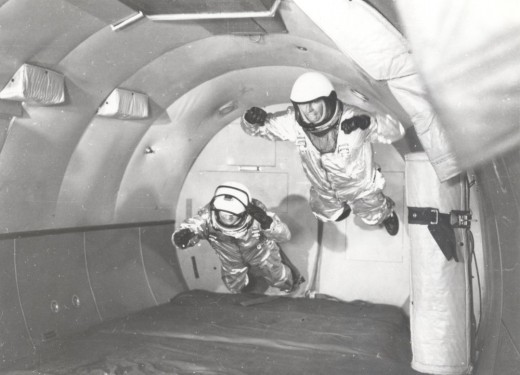
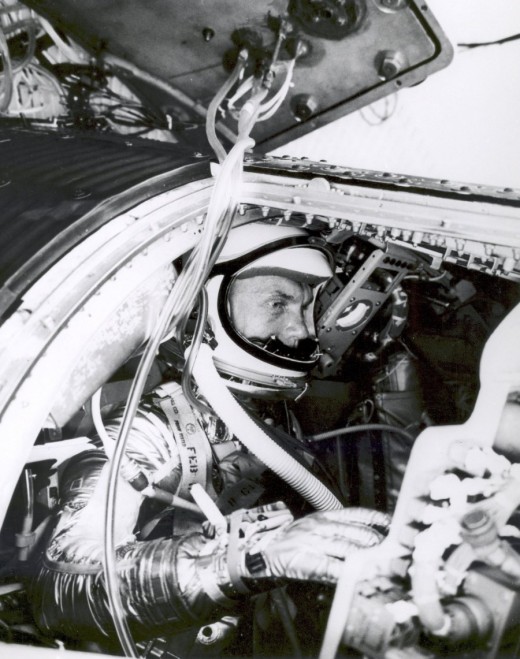
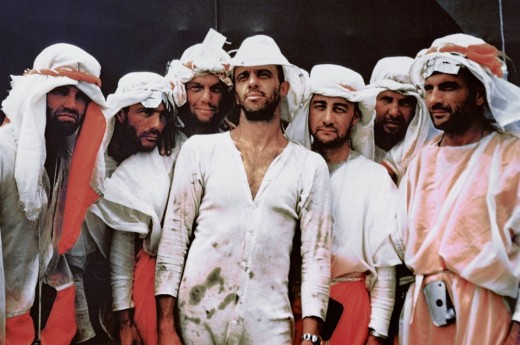
Astronaut Training
As there was no way of knowing what the actual experience of manned space flight would be, training for Project Mercury was especially intensive. The astronauts spent hours in the classroom, not only learning about the systems aboard their spacecraft, but also studying subjects such as celestial navigation.
Astronauts were taken on parabolic flights to simulate weightlessness for short periods of time, and centrifuges were used to expose the astronauts to the g-forces they would experience during launch and re-entry. Flight simulators were built to familiarize the astronauts with the layout and operation of the Mercury spacecraft.
Other training locations ranged from the ocean, where the astronauts practiced post-splashdown activities such as capsule egress and rescue by helicopter, to the desert, where they underwent several days of survival training in actual desert conditions, as a desert landing was conceivable should a capsule go off-course.
The effort that went into selecting and training the astronauts paid off. Project Mercury was a great success, and the information and experience gained helped shape the future of America's continued exploration of space.

References
In addition to the references listed on the Project Mercury Overview, the following original source documents were used in creating this hub:
- Invitation to Apply for Position of Research Astronaut-Candidate, NASA, 1958
- Transcript: April 9, 1959 Press Conference - Mercury Astronaut Team, NASA, 1959
- Voas, Robert, A Description Of The Astronaut In Project Mercury Space Flights, NASA, 1960
- Jones, J. B., et al., Astronaut Performance During Mercury Project, by Jones, J. B.; Kuehnel, H. A.; North, W. J.; Van Bockel, J. J., NASA, 1963
- Voas, Robert, The Role Of The Astronaut's Task In Project Mercury Space Flights, NASA, 1962




